
An exhibit on display at the exhibition.
A selection of 150 ceramic pieces from Italy’s International Museum of Ceramics in Faenzaare on display at the newly opened “Majolica: An Exhibition of the Legacies of 1,000 years of Italian Ceramics” at Shenzhen Museum, portraying Italian ceramic history from the Middle Ages to the 20th century.
“The exhibition, through its rich structure and multiplicity of artistic proposals, aims to illustrate Italian ceramic culture that has had international influences,” said Claudia Casali, director of the Faenza museum.
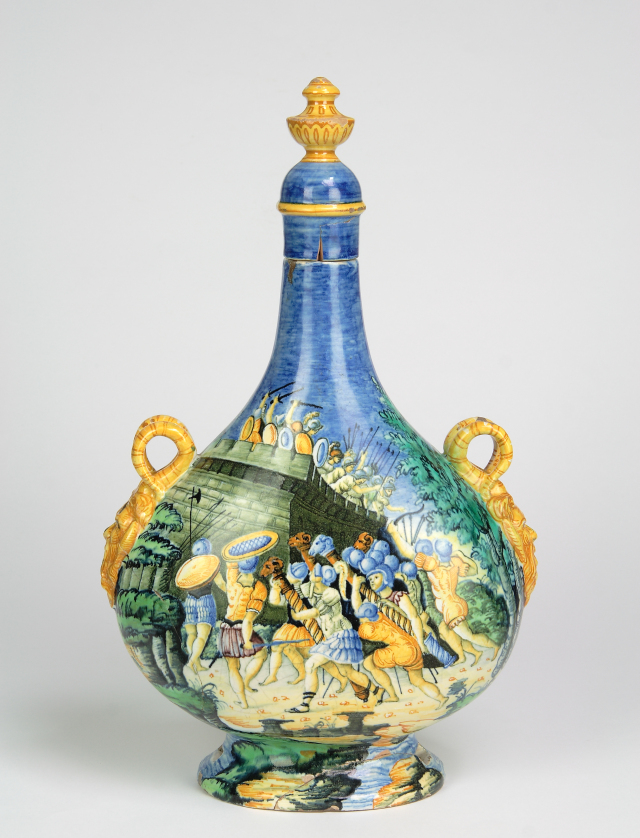
An exhibit on display at the exhibition.
Faenza, a small town with a rich cultural heritage in Northern Italy, has engaged in ceramic production since the Middle Ages. The International Museum of Ceramics in Faenza is the world’s largest ceramics museum with over 50,000 pieces from classical amphora to the works of Marc Chagall and Pablo Picasso.
Italian glazed pottery was first seen in the Roman Empire period and the glaze on such pottery was thick and rough. Majolica is Italian tin-glazed pottery dating from the Renaissance period. It is decorated in colors on a white background, sometimes depicting historical and mythical scenes.
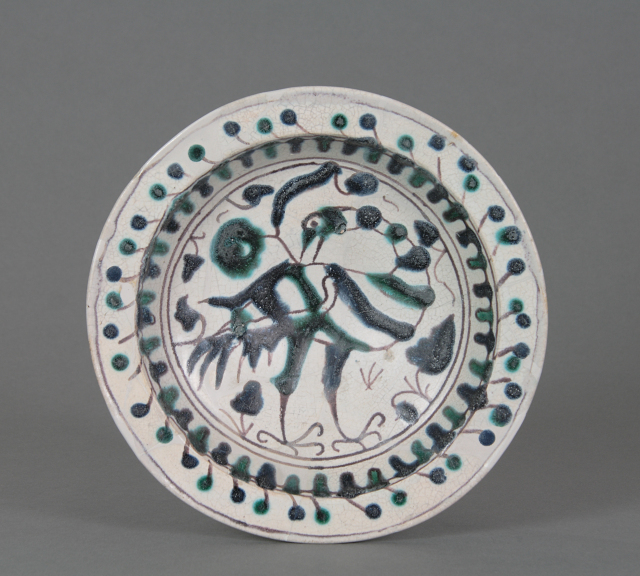
A plate from Roman Empire period.
“In China’s Tang Dynasty (618-907), when Chinese white ware was exported to the Middle East, Islamic workshops were unable to duplicate it. Instead, they manufactured fine earthenware bowls with the desired shape, and covered them with a white glaze rendered opaque by the addition of tin, an early example of tin-glazing,” said Guo Xuelei, vice curator of Shenzhen Museum.
“Later, in the 13th century, tin-glazing technology was introduced from the Middle East to North Africa, via the Mallorca Island in Spain to Italy, and the production of Majolica began.”
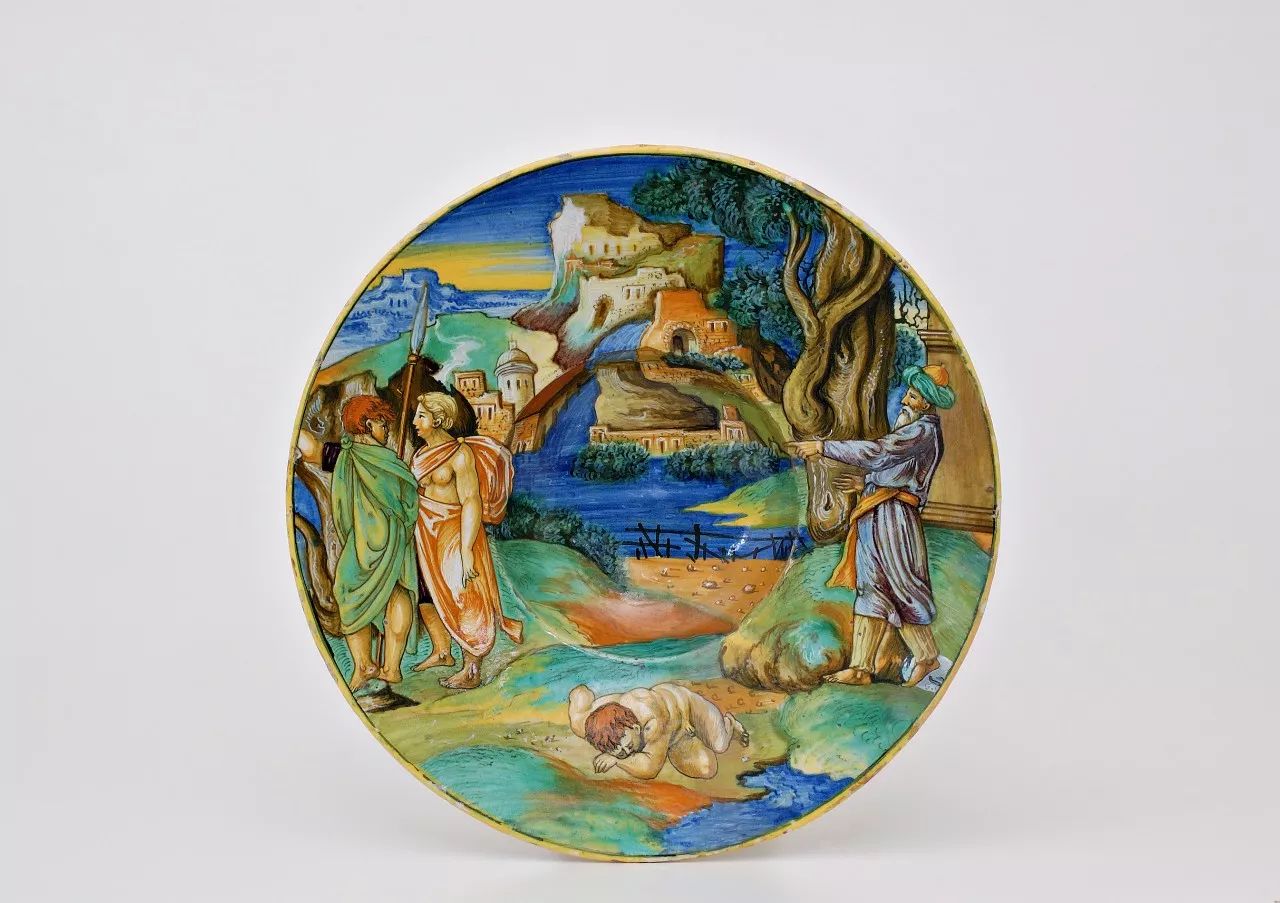
A plate from Renaissance.
The Renaissance was Faenza pottery’s golden age, for it bred the prosperity of Majolica. From the end of the 15th century to the first half of the 16th century, in the liberal and esoteric atmosphere of the humanity art, the Italian tin glazed pottery technology reached its peak and enjoyed an exaulted status with painting, sculpture, and architecture of the same period.
The exhibition shows stylistic influences coming in from different ages and countries, such as the “blue and white” Italian porcelain that clearly imitates Chinese ceramics (also known as the “chinoiseries”), a trend that arrived in Europe starting from the 17th century and fully developed in the 18th century.
Due to the rise in trade with China and East Asia, Chinese porcelain, especially the blue and white porcelain, was exported in large quantities, which led to the successive imitations of all European countries. The products of Majolica were gradually tinted with a strong Oriental taste.
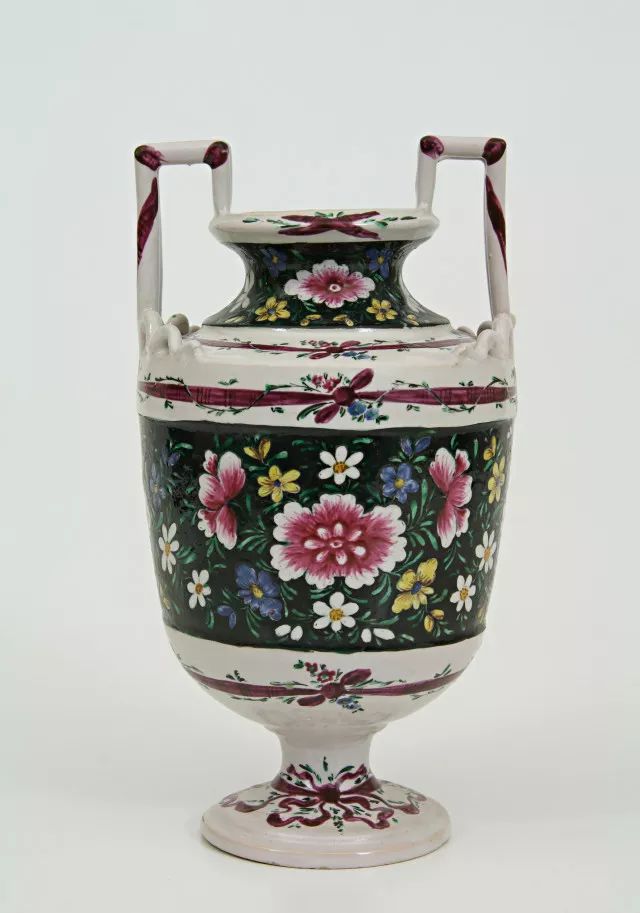
A chinoiserie on display at the exhibition.
In the late 18th century, to cater to Neo-classicism, while developing the complex and changeable Eastern patterns, many Italian ceramic factories started to research their own glaze and style and introduce new adornment elements. They applied the artistic styles and themes of paintings to porcelain painting and decoration, forming a series of European patterns with brand-new decorative styles.
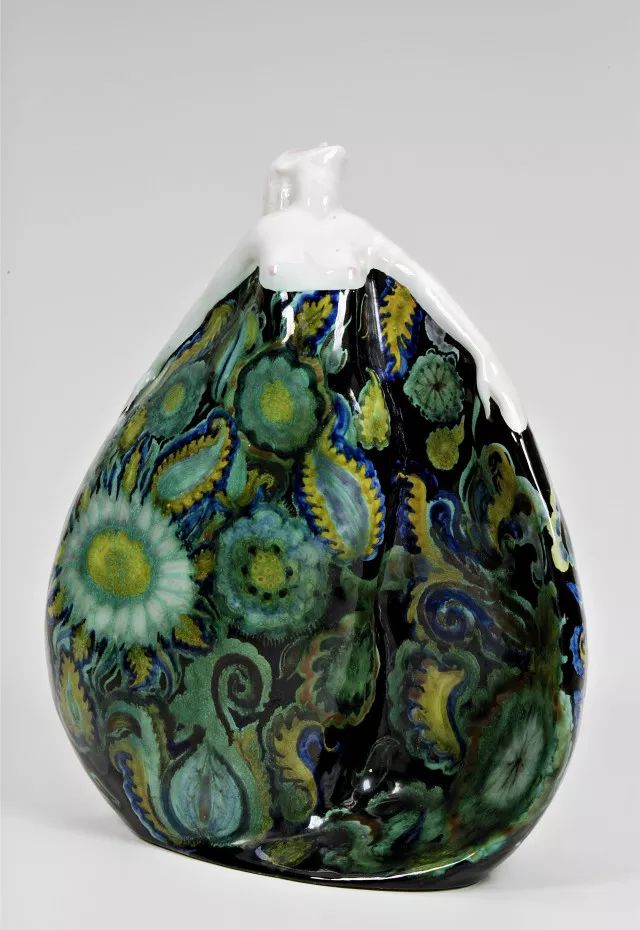
"Young lady" from modern times.
At the end of the 19th century and the beginning of the 20th century, Art Nouveau, characterized by free-flowing lines, became popular. The free and Art Deco style, modern classical and avant-garde fashion, Picasso doctrine and new cubism all impelled the artists in the ceramic field to pursue innovation constantly and create unusual works. The 20th century drew open the prelude to the innovation in contemporary ceramic art.
陶器的发明是人类文明进程中的重要标志,在世界范围内,不同文化背景下陶瓷的发展各具特色。意大利位于地中海半岛的中心,地理优势得天独厚,北连欧洲大陆,其余三面环海,是欧洲民族及文化的摇篮,也是伊斯兰、中国等东方文明与欧洲文明交融汇集之地。13世纪末,意大利成为欧洲文艺复兴的发源地,至今拥有众多享誉世界的文化遗产。马约里卡陶瓷(即锡釉陶)便是意大利带给世界陶瓷艺术的重要贡献。
马约里卡(Majolica)是对意大利锡釉陶的泛称。意大利马约里卡陶瓷造型独特,装饰图案精美,文化内涵丰富。法恩扎是意大利北部一个具有丰富历史文化遗存的小城,早在中世纪时期这里即开始了陶器制作。公元13世纪,当被泛称马约里卡的锡釉陶经西班牙传入意大利时,恰逢文艺复兴运动蓬勃兴起,中世纪和文艺复兴时期的神话、宗教故事及油画遂成为这种陶艺的主要素材和表现形式。悠久的历史文化积淀为马约里卡陶艺发展提供了重要创作源泉,以法恩扎为中心的陶艺工坊不断探索创新,特别是近代以来知名艺术家相继参与,最终成就了这种“土与火”的艺术地位和辉煌,使其薪火相传,享誉世界陶瓷行业,被誉为欧洲的“景德镇”。
此次享有盛誉的意大利法恩扎国际博物馆近150件珍藏首次跨跃重洋来到了瓷器的故乡——中国,并在深圳博物馆历史民俗馆展出。展览分为马约里卡的诞生和传播、文艺复兴时期马约里卡的繁荣、东风西渐中马约里卡的融合与创新、马约里卡与艺术潮流的探索等四部分,不仅集中讲述了意大利陶瓷的发生、传承、创新和发展,以及其丰富的架构和多样的艺术倾向,更为中意两国文化交流和博物馆间的合作续写了新的篇章。
Dates: Until March 25
Venue: Shenzhen Museum, Block A, Civic Center, Futian District (福田区市民中心A区深圳博物馆新馆)
Metro:Line 2 or 3, Civic Center Station (市民中心站), Exit B
Shenzhen Daily
EyeShenzhen